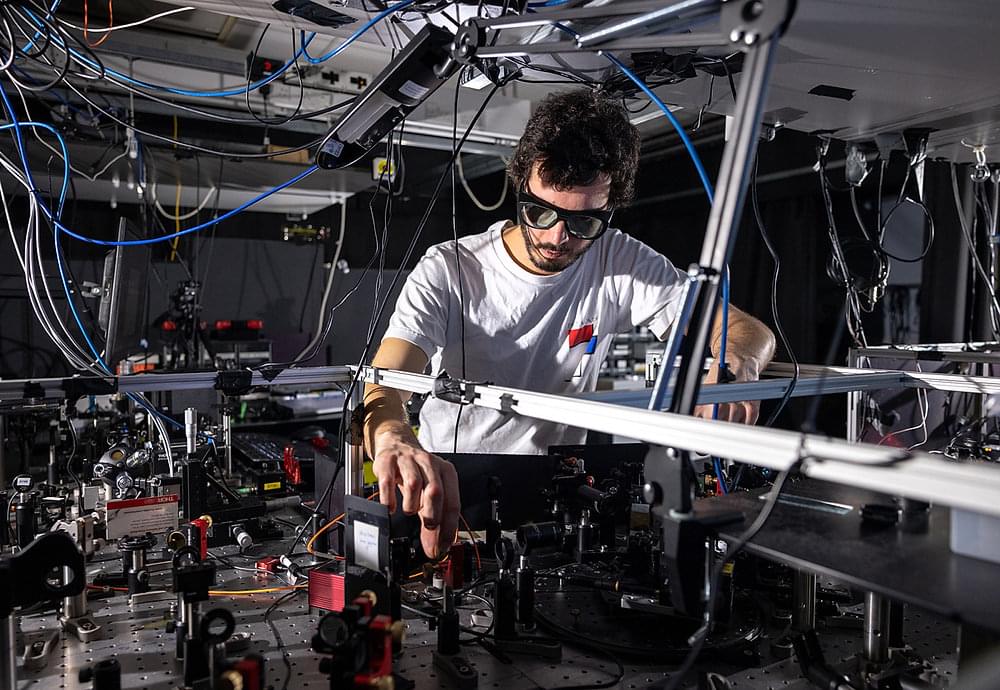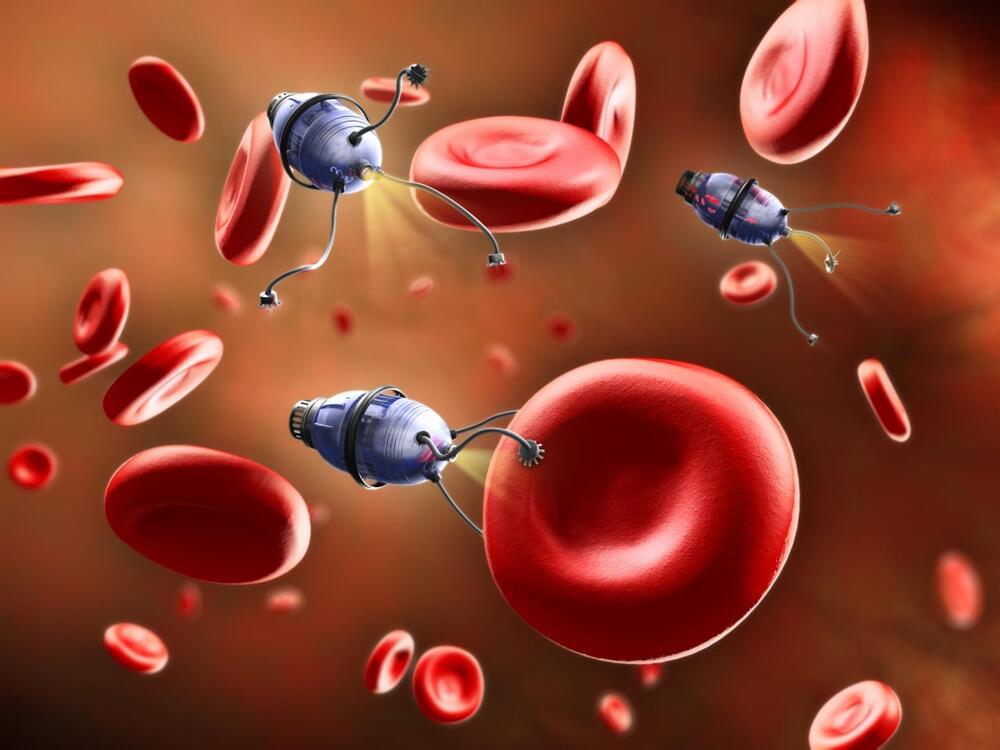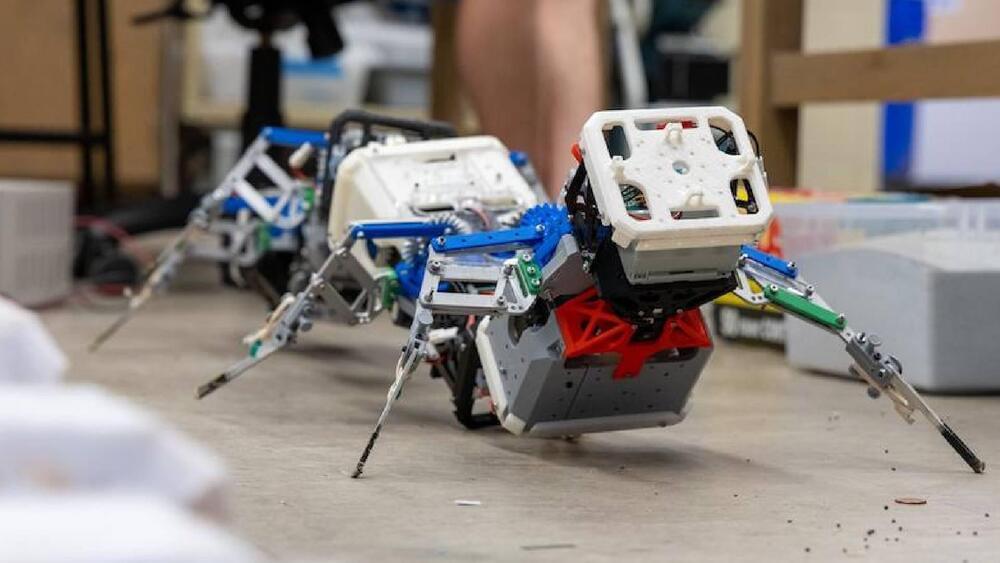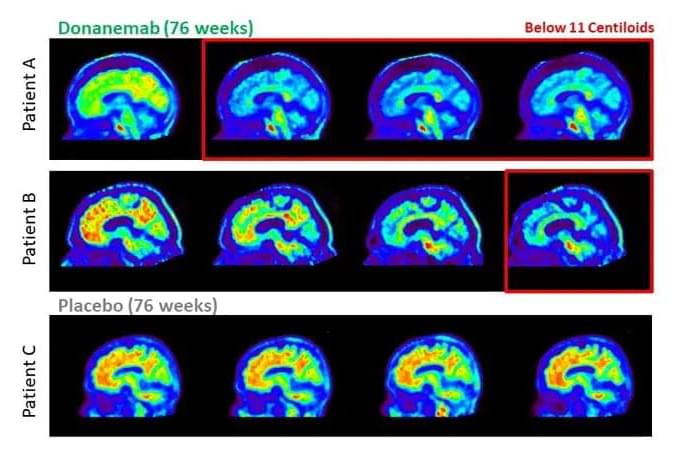In Meta’s Q1 earnings call, CEO Mark Zuckerberg fights back against claims the company is abandoning the metaverse.




Mathematicians have uncovered a universal explanatory framework that provides a “window into evolution.” This framework explains how molecules interact with each other in adapting to changing conditions while still maintaining tight control over essential properties that are crucial for survival.
According to Dr. Araujo from the QUT School of Mathematical Sciences, the research results provide a blueprint for the creation of signaling networks that are capable of adapting across all life forms and for the design of synthetic biological systems.
“Our study considers a process called robust perfect adaptation (RPA) whereby biological systems, from individual cells to entire organisms, maintain important molecules within narrow concentration ranges despite continually being bombarded with disturbances to the system,” Dr. Araujo said.
For the first time, researchers have demonstrated a prototype lidar system that uses quantum detection technology to acquire 3D images while submerged underwater. The high sensitivity of this system could allow it to capture detailed information even in extremely low-light conditions found underwater.
“This technology could be useful for a wide range of applications,” said research team member Aurora Maccarone, a Royal Academy of Engineering research fellow from Heriot-Watt University in the United Kingdom. “For example, it could be used to inspect underwater installations, such as underwater wind farm cables and the submerged structure of the turbines. Underwater lidar can also be used for monitoring or surveying submerged archaeology sites and for security and defense applications.”
Obtaining 3D images through ocean water can be challenging because it is light-limited, and any particles in the water will scatter light and distort the image. However, single-photon detection, which is a quantum-based technique, allows very high penetration and works even in low-light conditions.

The xenobot had been predicted to be a valuable tool in medicine and other fields. It is expected not only to help treat cancer but keep the aquatic bodies clean.
Ever imagined a world where we could utilize the power of a living cell to carry out certain functions? Just like we have robots that help in several aspects of our lives, some scientists in US universities have come up with a living robot known as the xenobot.
The xenobot had been predicted to be a valuable tool in medicine and other fields. In years to come, it wouldn’t only help treat cancer, but it would help keep the aquatic bodies clean.

A team of MIT researchers has developed a bio-inspired platform that enables engineers to study soft robot co-design called a “SoftZoo” due to the fact that it was inspired by animal-like robots.
This is according to a report by the institution published on Tuesday.
In the platform can be found 3D models of animals such as panda bears, fishes, sharks, and caterpillars.
“Our robots are born from sculptors for sculpture,” says the artist.
A new startup called Robotor is seeking to revolutionize how sculptures are made by simplifying the sculpting process with the use of robotics and artificial intelligence. Founded by Filippo Tincolini and Giacomo Massari, the new company aims to make these works of art faster and easier to produce and even more sustainable.
The new technology allows for the development of structures that were once deemed inconceivable, according to a report by TNW published on Friday.
“It’s not perfect, but it’s still pretty magical at the same time. I think it dramatically transforms what Khan Academy is going to become.”
Khan Academy, a pioneer of digital education and savior of the less privileged, has set its sight on shaping artificial intelligence into a guide for students.
When Sam Altman and Greg Brockman, OpenAI’s CEO, and president, respectively, gave Sal Khan, Khan Academy’s founder, a private demo of their GPT software, Khan was impressed with the program’s ability to answer academic questions intelligently, reports Fast Company.


Drug company Eli Lilly reports that donanemab can slow the pace of Alzheimer’s disease by 35%, following a Phase 3 study in human patients.
Brain scans of Alzheimer’s patients with treatment (A and B) and placebo ©, showing clearance of amyloid plaques. Credit: Eli Lilly.
In recent years, Alzheimer’s has become an increasingly major public health issue. The prevalence of this disease – a progressive neurological disorder that affects memory, thinking, and behaviour – is being driven by aging populations, changes in lifestyle factors, and improvements in diagnostic techniques.